The crisp air on your face, the crunch under your feet – taking a walk gets you outside and moving! Walking during the winter is an easy way to get some exercise during what’s usually hibernation season. That said, it’s important to practice safe walking habits so that you get where you’re going without any accidents.
During the winter, pedestrians are facing the same winter factors that drivers are, making them just as vulnerable to collisions or accidents. In fact, environmental factors (such as poor visibility, challenging weather, or road conditions) are reported in more than one in five pedestrian fatalities. Icy sidewalks, freezing rain, blizzards, whiteouts and unplowed snow can pose risks to the safety of winter walkers.
If you want to get outside and make the most of the winter wonderland, just be sure to keep safety in mind. Here are a few simple measures you should take when you go out for a walk this season:
Stay off your phone while walking: Keep your eyes up and your mind alert to what’s happening around you. You don’t want to miss a car skidding through a light, or a patch of ice in your path.
Be visible to drivers: The sun sets earlier in the winter and twilight is statistically the worst time for accidents. Wear something bright or reflective, such as a light on your bag or a reflective band on your jacket.
Wear proper gear: A good pair of winter boots will help you stay steady on slippery surfaces. If the boots themselves don’t have proper traction, buy a pair of cleats to add on. Additionally, make sure that your vision is being blocked by a giant hood or scarf. Stay warm, but make sure you can see what’s coming.
Plan your outings: Try and go out during the daylight and good weather conditions. Give yourself extra time to travel – the worst thing you can do is be rushing somewhere in a blizzard.
Only cross at intersections: Darting across the street is incredibly dangerous for multiple reasons. You can slip in the middle of the road. Cars may not see you and slam on their brakes too late. Cars may swerve to avoid you and skid, causing an accident. It’s just best to stick to crossings with traffic lights.
Make eye contact with drivers: Slippery roads means it takes longer for drivers to stop. By making direct eye contact with drivers, you are indicating that you’re going to cross so they have time to prepare to stop.
February is Winter Walk Month, so challenge yourself to get walking this month – to school, work, a friend’s – just get moving (safely!)
